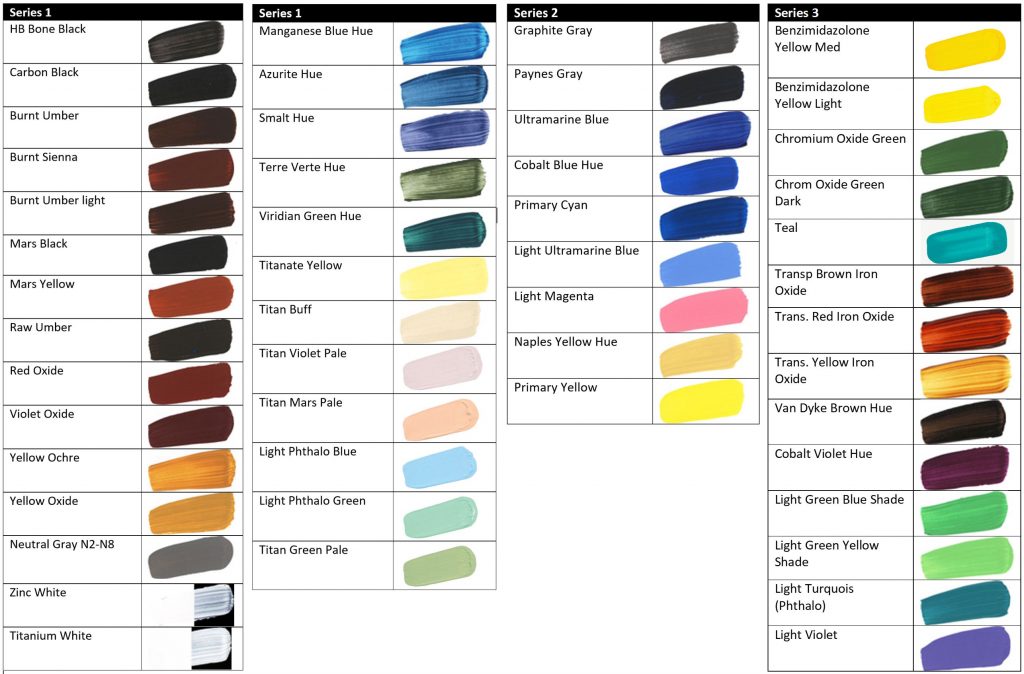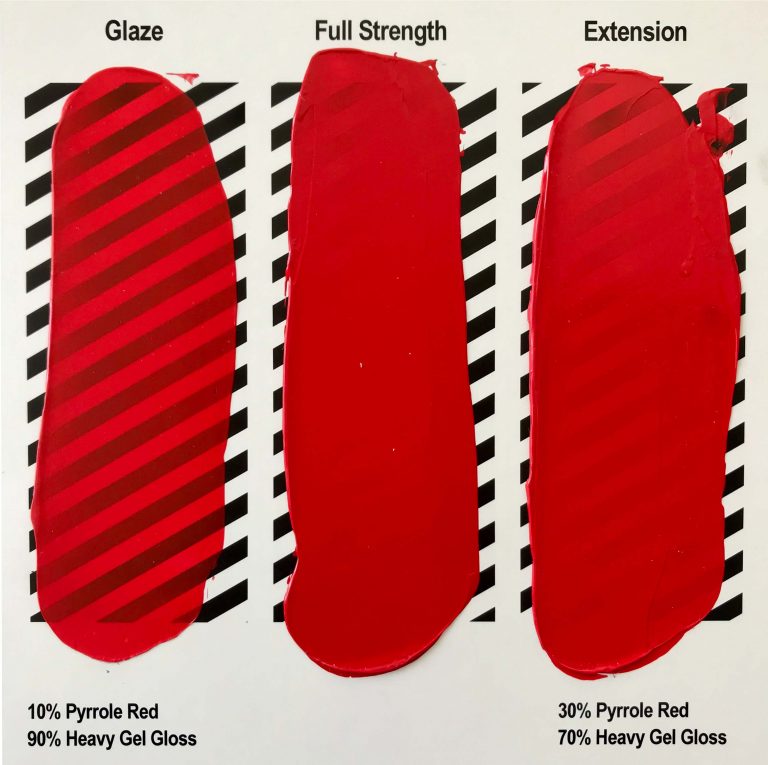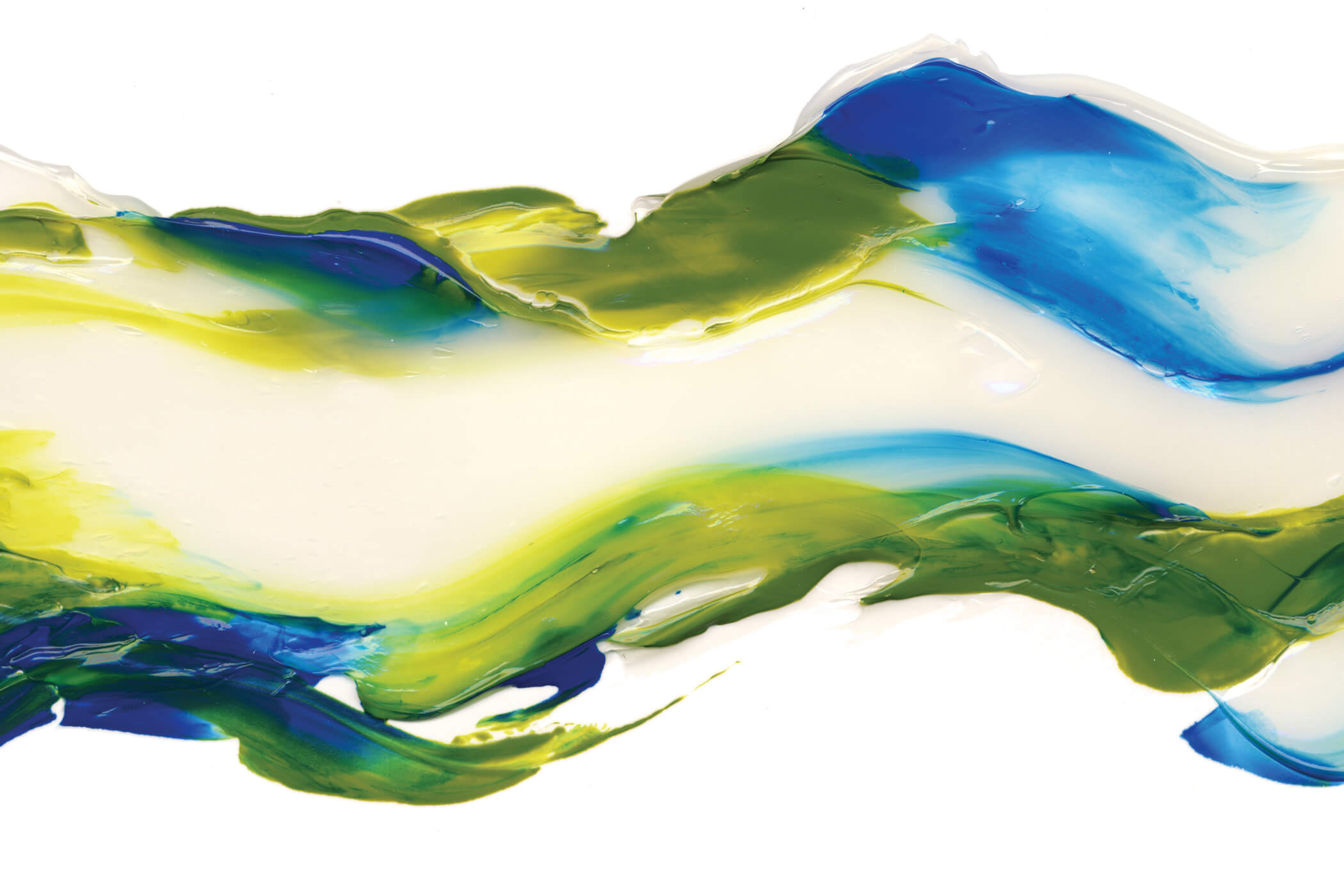Have you ever wondered where and how to save some money on art supplies, without sacrificing a high standard and ensuring longevity of your artwork? Well you're in luck! In this article, the team from GOLDEN & Just Paint share tips on how to make the most of your art supply budget while using professional artist grade materials.
Limit Your Palette to Low Series Colors
GOLDEN paints are grouped into 9 distinct series. These series function as price categories, based on the cost of the pigments used in the paints. Series numbers are on paint labels and in GOLDEN's color charts. Using a limited palette of colors in the low Series, for instance 1-3, is a great way to start reducing costs.

Using a limited palette has other benefits too: it can be good practice for color mixing, since one must mix hues rather than reaching for a tube of the closest match. Plus, it is easier to keep control over color temperatures using fewer pigments.
Stretch Your Paint
Though there is plenty of variety of colours in series 1 through 3, you may need to also invest in higher series colors. For example, there isn't a true bright red in the first three series. You can still paint on a budget by picking one or two of the more expensive colors and extending them with acrylic mediums.
While some manufacturers may use non-colored materials like chalk and barium sulfate to bulk their student grade paints, GOLDEN's concern is entirely with the function and quality of the product. Therefore, GOLDEN paints are usually on the higher end of the price spectrum. Stretching paints with mediums and pastes basically allows you to create your own student grade paints; only now you have the additional benefit of having full control over pigment load, transparency and consistency of the paint. A student grade paint cannot be turned into an artist grade paint, but an artist grade paint can be stretched into a student grade one to whatever extent you choose.
All GOLDEN Mediums, Gels and Pastes have been tested for compatibility with all GOLDEN paint lines. Products that are particularly suitable for stretching paints would be:
| Clear Mediums: | Gloss Medium, Glazing Liquid, GAC 100, GAC 500, Fluid Matte Medium |
| Clear Gels: | Soft, Regular, Heavy, Extra Heavy Gel |
| Opaque Pastes: | Molding Paste, Extra Heavy Molding Paste, Fine Pumice Gel |
Stretching paints with mediums, gels, pastes, or water is a great way to make your paint go further and teasing out the subtleties of undertones. Below is an example of Heavy Body Pyrrole Red being stretched with Heavy Gel Gloss to a translucent glaze using 90% Gel. An addition of 70% Gel still creates a semi-opaque paint layer.

For more information on how GOLDEN mediums, gels and pastes work, please review the following videos:
- What, Why & How: Painting with GOLDEN Fluid Acrylic Mediums
- What, Why and How: Painting with GOLDEN Acrylic Gel
- What, Why & How : Painting with GOLDEN Pastes
Try Larger Product Sizes & Product Care
Buying larger containers of your staple products is economical and this applies to all product categories. GOLDEN products have no expiration date and to help you enjoy them until it’s all used up, we have an article for you on product care here.
Manage Your Palette
Reducing dried out paint on the palette is another easy way to save a little. During painting sessions the palette can be spritzed with a spray bottle or atomizer filled with water and some OPEN Thinner, or just water.
Distilled water will reduce the risk of bacterial growth and mold. OPEN Thinner will slow the drying process. Depending on the type of spray bottle, the amount of water needed to dilute the OPEN Thinner can vary. Start with 30% water and add more water until it sprays smoothly.
Rather than transferring paint from the palette back into paint containers at the end of a painting session, cover the palette with a plastic wrap and store in an airtight bag or box. Alternatively, use the paint to create practice paintings that can be used later on for experiments.
Prepare Your Painting Surfaces
Substrates for painting can range significantly in price and you might want to paint on scrap pieces that you have lying around in your house or studio as well. When we work on scraps we’re often relaxed, because we’re just playing around and having fun. That can show in the work and, wouldn’t you know it, it can turn out to be some of our best work! Then we might wish we had used a proper support.
The most common issue with surfaces is adhesion failure. This can be solved by treating budget canvases or canvas boards with a layer of GOLDEN Acrylic Gesso. Giving the surface a light sanding beforehand can help as well.
Archival acrylic painting paper is also a great surface, as it is relatively inexpensive, durable, easy to store, and if desired, it can be mounted to a canvas or panel later.
You might also recycle or use less traditional surfaces for painting. Just Paint has guides for preparing surfaces of all kinds for painting - check out their substrate index here.
In Conclusion
Making time to paint can be hard enough for some of us. So, when we finally do get some studio time, it’s nice to be able to enjoy it with high quality materials. Nonetheless, we are convinced that creativity can and should be expressed with all possible means, regardless of budget. We hope these tips will help you make the most of your art materials!

